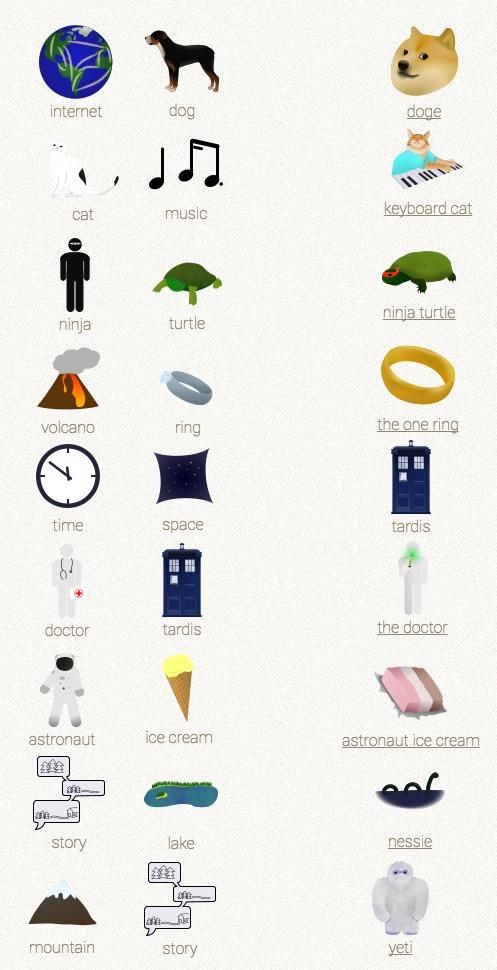

Previous studies exploring drug delivery limitations in the context of solid tumors have revealed that therapeutic agents that are rapidly cleared or degraded adhere broadly to tissues or partition nonselectively within the body, leading to poorly controlled, often undesirable biological behavior and toxicities ( 10, 11, 15– 17).
Mushroom wars 2 igg free#
Although Abraxane has markedly improved the safety and toxicity profiles compared to free PTX administered in Cremophor EL (Taxol), this formulation only marginally improves tumor control and patient survival ( 12– 14). Food and Drug Administration (FDA)–approved nanotherapeutics for metastatic breast cancer are in clinical use, including Abraxane, an albumin-based paclitaxel (PTX) nanoparticle formulation. Nanoparticle drug formulations offer the possibility of enhancing the biodistribution, pharmacokinetics, and pharmacodynamics of encapsulated drug(s) through selective targeting of tumor cells and “stealth-like” features ( 9– 11). Thus, there is a pressing need to identify new therapeutic targets and treatment strategies for primary and brain metastatic TNBC tumors. Patients with TNBC tumors also have an increased likelihood of cancer cell dissemination and, compared to other breast cancer subtypes, a higher risk of developing brain metastases ( 3, 7, 8).

TNBC represents an important therapeutic challenge, because these cancers minimally respond to hormone-based therapies or other available targeted agents thus, systemic chemotherapy is currently the only adjuvant drug treatment ( 4– 6). This subtype constitutes ~20% of all breast cancers, and the overall survival (OS) of patients with TNBC diagnosed with metastatic disease is ~13 months ( 3). Triple-negative breast cancer (TNBC)-an aggressive subtype of breast cancer that is associated with high metastatic potential and short patient survival-is characterized by the lack of expression of estrogen receptor (ER), progesterone receptor (PR), and human epidermal growth factor receptor 2 (HER2) ( 1, 2). These results provide new insights into methods for effective development of therapeutic nanoparticles as well as support the continued development of the DART platform for primary and metastatic tumors. Here, we report that paclitaxel (PTX)–DART nanoparticles directed to the cell surface receptor fibroblast growth factor–inducible 14 (Fn14) outperformed both the corresponding PTX-loaded, nontargeted nanoparticles and Abraxane, an FDA-approved PTX nanoformulation, in both a primary triple-negative breast cancer (TNBC) model and an intracranial model reflecting TNBC growth following metastatic dissemination to the brain.

We have developed a therapeutic nanoparticle formulation approach that balances cell surface receptor-specific binding affinity while maintaining minimal interactions with blood and tumor tissue components (termed “DART” nanoparticles), thereby improving blood circulation time, biodistribution, and tumor cell–specific uptake. Development of effective tumor cell–targeted nanodrug formulations has been quite challenging, as many nanocarriers and targeting moieties exhibit nonspecific binding to cellular, extracellular, and intravascular components.


 0 kommentar(er)
0 kommentar(er)
